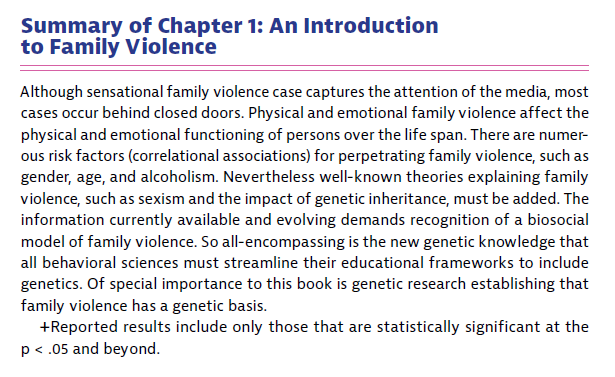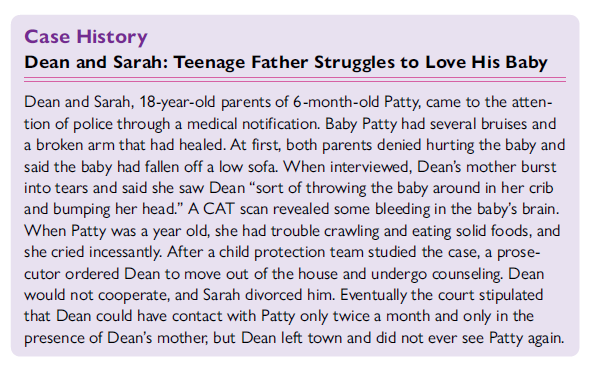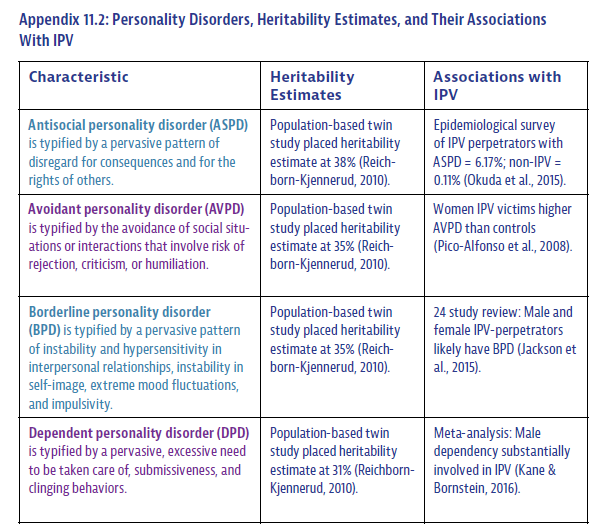As we continue to navigate the COVID-19 pandemic, life at home (for some), and a myriad of other challenges, fresh instances of familial tension, emotional distress, and maltreatment can arise, and therapists should be well prepared to understand and treat these challenges. As new research regarding the connection between family violence and neurobiology is published, it is critical for professionals across several fields to embrace continuous learning by reading the available literature. Therapists, for example, can better serve and support their clients by pointing out these findings, and legislators can draft legislation that takes the maturity level of young adults’ brains into account.
A Neuroscientific Approach to Family Violence begins by conveying to readers that even well-educated individuals may lack information about genetic inheritance. This text helps readers understand the contributions of genetics to the behaviors of maltreated and maltreating persons. The book highlights new research findings about family violence across the lifespan accompanied by simplified information about their genetic foundations. A fresh, unobtrusive method of referencing the new research enhances the accessibility of the content while maintaining customary attributions. Additionally, a glossary of neuroscientific terminology allows readers to confirm their comprehension of the newer lexicon.
The book features 12 scholarly yet concise chapters, no more than 10 pages of text each, rendering the content highly accessible and easy to understand. Readers learn startling facts, such as the ability of tests of boys aged two to five to predict with 80% accuracy whether the boy will be convicted of a crime by age eighteen. They discover how trauma experiences from maltreatment and assaults can change the structure and functioning of the brain, and how someday, genetic stem cell replacement therapy may be able to help counteract these negative effects. Dedicated chapters reveal that certain trauma-focused treatments are measurable within the brain. Sadly, maltreatment of children is the greatest preventable factor for adult mental illness, and dating violence, bullying, sexual assault, and adult intimate partner violence all have genetic bases. Throughout the book, prevention and treatment strategies are provided that correspond with different stages of the lifespan. Illuminating case histories stimulate critical thinking and connect research and theory with real-life examples.
A Neuroscientific Approach to Family Violence provides readers with a wealth of information about the relationship between family violence and neurobiology. The content helps to prepare students for effective practice and also provides experts in the field with fresh research in their disciplines.









